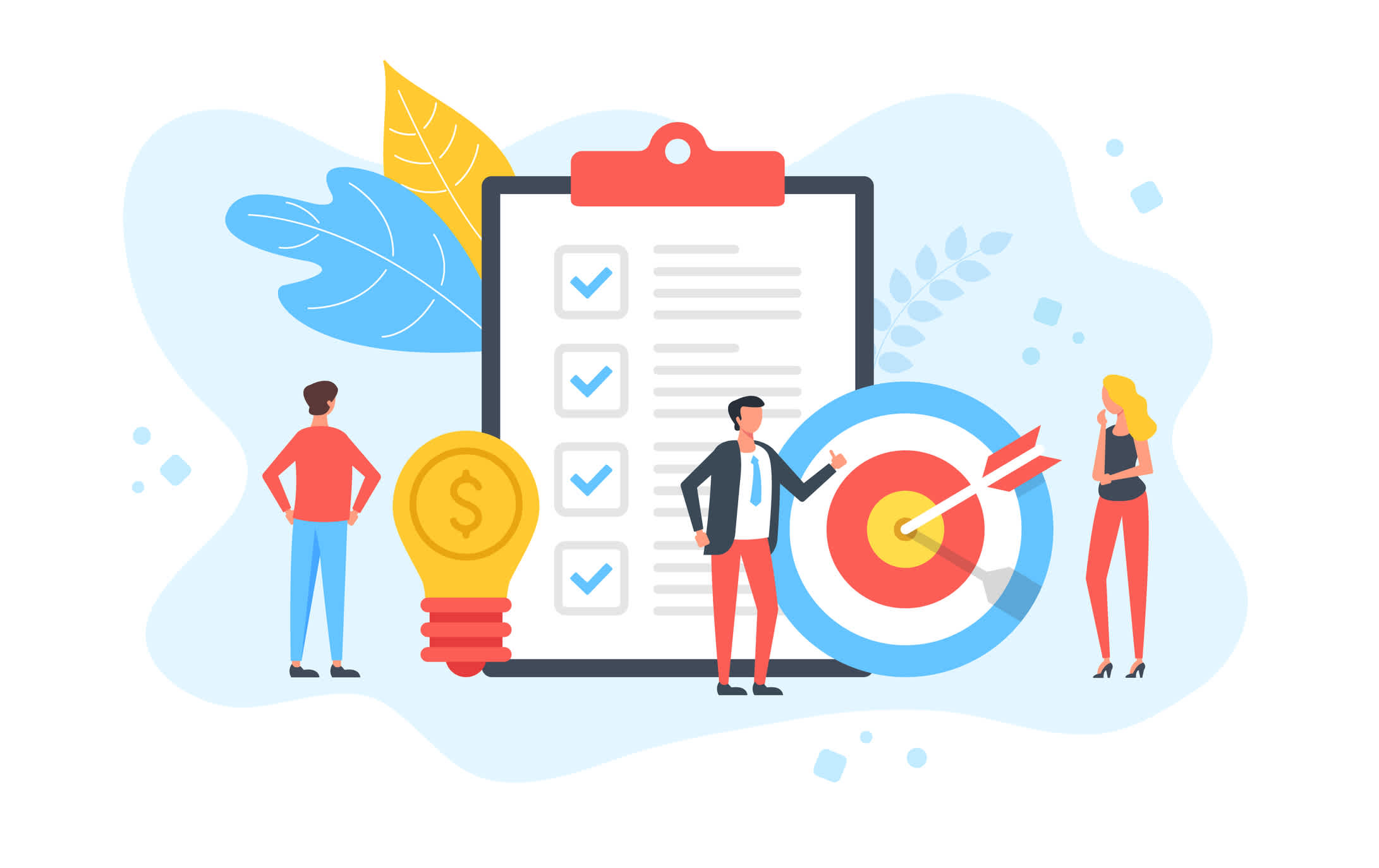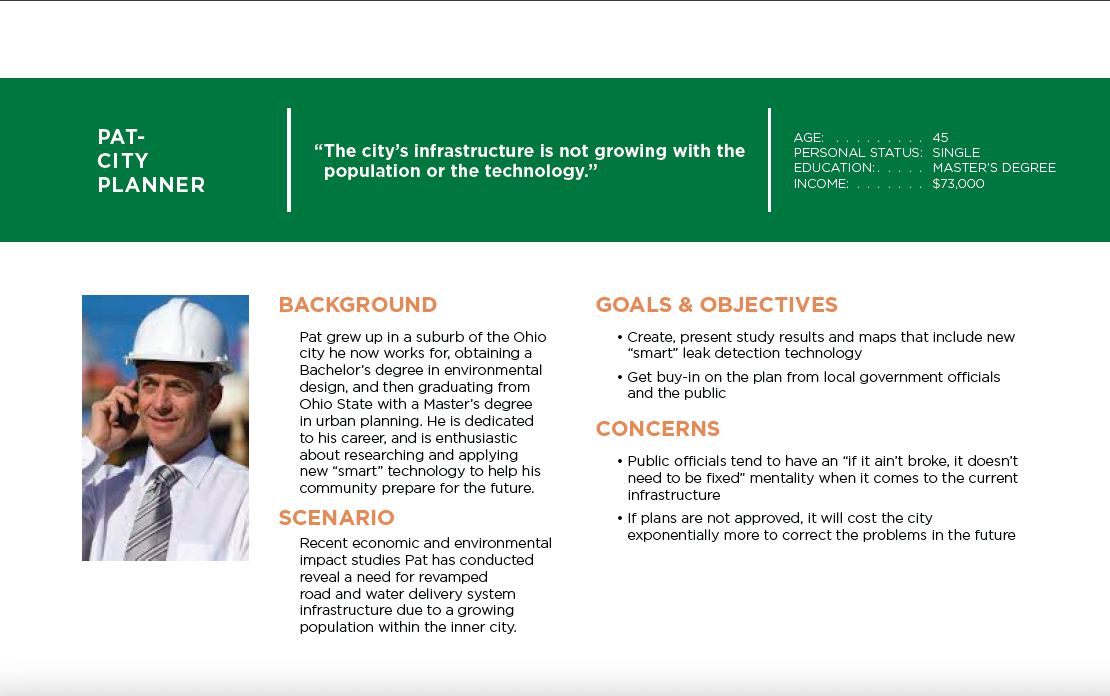//
Jan 17, 2022
Identifying Your B2B Target Audience in 3 Steps
Before spending valuable time and money creating the perfect B2B Inbound marketing campaign, make sure you don’t skip the most important part:
Identifying your target audience.
After all, what good is your campaign if you create something that doesn't resonate, isn't valuable–or worse, doesn't even reach–the people who need your product or service?
Putting your content in front of the right people at the right time is the most important, yet challenging part of marketing campaigns across all channels.
READ MORE:
Want to start a B2B Inbound Campaign?
Not sure where to start when it comes to identifying your B2B target audience? We have three easy steps to get you started:
Step 1: Research and Discover
Gone are the days when television and print ads would "take a good guess and keep their fingers crossed". The data would come from a small sample size, through surveys, focus groups, and limited test markets.
Your product or services help to solve or enhance a business's wellbeing. In developing your buyer persona, we can do things with much more granularity and massive, focused datasets that make older (and still effective, but less common) marketing research methods lose ground.
Capturing the Qualitative Data to Create The Target Audience
At the click of a button, huge amounts of information can be gathered when it comes to identifying your target audience – all before spending marketing dollars on a campaign.
Ask questions, have giveaways, create surveys, and conduct interviews to understand and identify your target audience. This is easier said than done, but this step will provide telling data. Gather opinions on how your product or service is used or experienced. Capturing data can involve conducting face-to-face interviews and asking open-ended questions, sometimes repeatedly to evaluate the clarity of the opinion.
Look into past company data, if available - what does an ideal customer look like, how were they acquired, how was that relationship successful? Which types of Inbound marketing campaigns worked and which didn’t… and why?
Some things to consider are:
- How does your customer use your product?
- What does your product solve for the customer?
- What their opinion of new or specific features are?
- How has the organization reviewed alternatives
- Why the company chose your product or service for their business?
Using Quantitative Data When Identifying A B2B Business Persona
This is where the data you’ve collected wields its power.
Not only are there that increase the productivity of businesses across the world, but there are also powerful sets of data that have been collected, accessible through subscription services, partnerships, among others.
You’ve determined the type of product or service your business provides. Now you need to look into competitors. Into your market. Into your processes. Often, this allows clarity on the quantitative data needed. Do you need keyword volume to back a content strategy? Do you need to know the terms used in the industry? Do you need the market movers? Do you need to know their revenue? Their funding? Their partners? Their perceived business strategy? Their employees?
Boost visibility, create engagement, increase leads and make more money with Inbound Marketing
Follow our free, easy-to-follow video series designed to show how to attract and convert more leads— and make more money with these tactics.
Step 2: Evaluate The Research, Hypothesize, Then Organize
It's humbling but true: Not everyone is your target audience because not everyone needs or wants your services or products. There are dozens, if not hundreds of . It is something no one wants to experience, yet it happens over and over across the industry.
Think of how many ads you've clicked out of, ignored, or trashed because they didn't apply to you and were utterly unrelatable. Most of those ad campaigns are likely being created with a strategy much like trying to hit a target while blindfolded and shooting all the arrows at once, hoping one or two will stick.

That's why B2B Inbound marketing works, and that's why it relies so heavily on and buyer personas before the campaign launches, armed with qualitative and quantitative data.
When crafting your target audience, limit yourself to the top 3 decision-makers in the industry(ies) your products and services are valuable, necessary, and - in ideal cases - mission-critical. Prioritize their pain points and offer customized solutions for those specific pain points.
Here’s an example of some target audiences we identified during a client onboarding session:

You can't please everyone (and you shouldn't try to!) so be intentional about who you identify as your ideal customer and create messaging that resonates with them.
For example, if you are a B2B construction materials company that only provides materials to high-rise, commercial you would want lead engineers, product managers, and purchasers to see your ads. The ad wouldn't be beneficial to a twenty-something college student perusing the internet to buy some new supplies for school.
READ MORE: What is ?
Pro-tip: In some industries, you have internal advocates that may not be the high-level decision-makers like CEOs, but still find value in your product or service. Depending on the company, these people may be equally important to get your product or service in front of, in addition to the high-level executives and decision-makers.
Step 3: Create A B2B Buyer Persona That Emanates Confidence You’ll Reach The Right People
Think of it like this: If your target audience is a large-scale map of people you'd like to reach collectively, then your buyer persona is a zeroed-in pin located within that map.

There are free templates to or you can create your own. Don't have the time to do this? Team up with Inbound marketing experts to help you with this process. Either way, this is a vital part of your and should not be skipped.
For reference, here's an example of a fictional buyer persona we created during a client onboarding session:

Some things to consider when developing your B2B buyer personas:
- Remember, you're humans marketing to humans. Aim at creating a buyer persona as alive as an actual client you want to work with. Think about their motivations. Speak to their values. Consider if it is for safety, necessity, to show off, fulfillment or self-indulgence. Include their age, gender, title within their career, income level, the neighborhood in which they live. You can even add what car they drive or how many pets they own if applicable. Get creative!
- Once you have developed your B2B buyer personas, communicate them to everyone at your company: sales, marketing, corporate communications, even the C-suite. Get buy-in from all stakeholders (even if that is just you!)
- Be prepared for your buyer persona to evolve as you go through the Inbound marketing process, and it’s important to regularly adjust or evaluate your buyer persona. You may discover things about your personas after measuring and testing your first round of the campaign and need to tailor your content accordingly.
Interested in learning more about the importance of testing? READ MORE:
A successful B2B Inbound marketing campaign can only begin after identifying your buyer personas and target audience. So get your team together for a brainstorming session and get to know your prospective and current clients on a whole new level.

BONUS Pro-Tip! The value of utilizing an Inbound Marketing team of experts:
Most clients come to us to create or digital ad campaigns that differentiate their company from the competition and resonate with their prospects. Result? Conversion from first-time visitor to brand advocate. Part of the standard Watermark onboarding process is to identify target audiences and create comprehensive personas for our clients.
So, are you ready? Need an of experts to help? Invite Watermark to the table, and we'll bring your B2B target audience and buyer personas to life.







